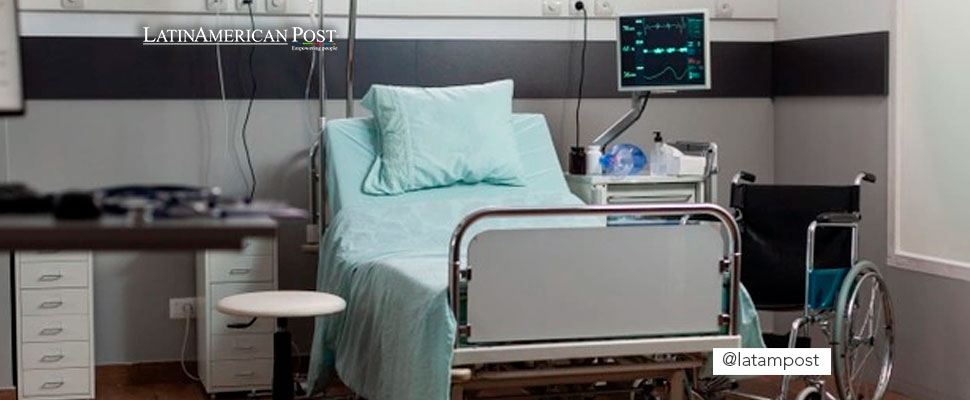3 facts you should know about euthanasia in Colombia
Regarding the first euthanasia of a non-terminal patient in Latin America, we tell you some of the things you need to know about euthanasia

Foto: Freepik
LatinAmerican Post | Vanesa López Romero
Last weekend Colombia made history by becoming the first Latin American country to euthanize two non-terminal patients. Víctor Escobar and Martha Sepúlveda were able to access this service on January 7 and 8, respectively. Both had sought assisted death on previous occasions, but their requests had been repeatedly denied. In fact, Sepúlveda made the news in October because when her euthanasia had already been scheduled for the 10th of that month, the IDC of Medellín canceled the procedure, arguing that the patient was not terminal.
As a result of this, we tell you 3 things you need to know about euthanasia to better understand this procedure that many patients around the world seek to access.
1. Euthanasia is not assisted suicide
Euthanasia is often confused with assisted suicide, but they are not the same thing. Euthanasia is a process by which a patient can die with dignity, this implies medical intervention in order to accelerate the death of the patient and make it painless. It is done by injecting different doses of various medications. Euthanasia is a legal process in various parts of the world and has different causes.
In assisted suicide, on the contrary, the patient is the one who ends his life via the intake of a lethal drug, which can cause consequences during the process, without guaranteeing a calm and painless death. Assisted suicide is illegal in much of the world, but where there are places, like Switzerland, where it is allowed.
2. Euthanasia can only be requested by the patient who will access it.
This procedure must be requested exclusively by the patient. That is, as a family member, one cannot request the euthanasia of the relative, it is he or she who has to make the decision and make use of their right to decide about their life.
In the case of minors, euthanasia is legal and illegal or has restrictions in different parts of the world. In Colombia, for example, minors can access the procedure with the consent of their legal guardians. It should be noted that there are certain restrictions regarding minors who may or may not access euthanasia.
Also read: Possible Risks of using CBD in Pregnant Women
3. In Latin America, euthanasia is only legal in Colombia
Colombia is the only country in the region where euthanasia is legal. The recent cases are important because they promote access to the procedure in non-terminal cases. In other Latin American countries, they choose to waive treatment, that is, the patient decides to stop accessing treatment for their disease in order to die. However, this death is usually painful, since all the effects of the disease are experienced daily until the day of death.
The euthanasias recently performed on Escobar and Sepúlveda in Colombia will open the discussion on the legality of this service in other countries of the region.




